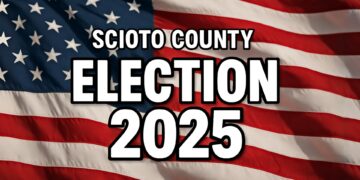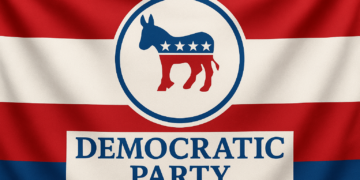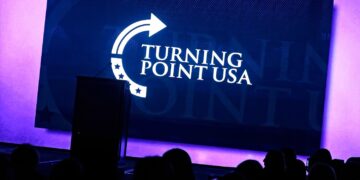The top three perks workers want from their employers have to do with time away from the office, according to new research from employee benefits provider Unum (NYSE: UNM). Paid time off, flexibility or remote working options, and paid family leave are the top non-insurance employee benefits among U.S. workers.
Time off tops the list
Despite less travel due to COVID-19, paid time off is the most-wanted work perk for the third year in a row. The national average of paid time off for U.S. workers after a year of service is 10 days per year, compared to 20 days in most European countries.
“Paid time off is so important for employees’ mental health,” said Rob Hecker, vice president of Global Total Rewards at Unum. “It allows them to rest, recharge and return to work more productive.”
Paid family leave more important to women
Although both men and women rank paid family leave as the No. 3 most-wanted benefit, it’s more important to women (27%) than men (21%). More than 75% of all caregivers are female, and women are dropping out of the workforce at record rates due to the pandemic.
Intervention, finances, and identity protection more popular
Some perks rose in popularity since 2019. Employee assistance programs, which help employees with personal problems, jumped rank from No. 12 in 2019 to No. 7. Financial planning resources are in the top five perks for the first year. Identify theft protection jumped three spots to No. 8 and is the top-rated perk for Gen Z’ers.
These are the top 16 non-insurance benefits for U.S. workers.
- Generous paid time off (35%)
- Flexible/remote working options (27%)
- Paid family leave (24%)
- Fitness or healthy lifestyle incentives (19%)
- Financial planning resources (18%)
- Professional development (17%)
- Employee assistance program (17%)
- ID theft protection (15%)
- Gym membership or onsite fitness center (12%)
- Onsite healthy food options (10%)
- Student loan repayment benefits (9%)
- Personalized health coaching (8%)
- Sabbatical leave (7%)
- Public transit assistance (7%)
- Pet friendly offices (6%)
- Dedicated volunteer hours (6%)
Enhance your leave strategy
Another Unum survey among more than 400 employers in June found 44% of companies plan to expand paid leave benefits next year.
“It’s important to look holistically at your paid leave strategy,” Hecker said. “You should have a diverse portfolio of paid leave options to meet the needs of diverse employees.”
Unum experts predict paid leave will remain critical after the pandemic eases since more employees are asking for it. For more information on how to plan or enhance your paid leave strategy, download the Future of Leave guide.
Methodology:
For the purpose of this study, work perks are defined as non-insurance or non-retirement benefits. In an October 2020 online poll, 1,500 full-time U.S. workers were asked to select up to three of their most-desired work non-insurance benefits among the top 16 listed above. Generations defined as Gen Z, ages 18-23; Millennials, ages 24-39; Gen X, ages 40-55; and Boomers, ages 56-74.
Perks workers employers Perks workers employers
























































































